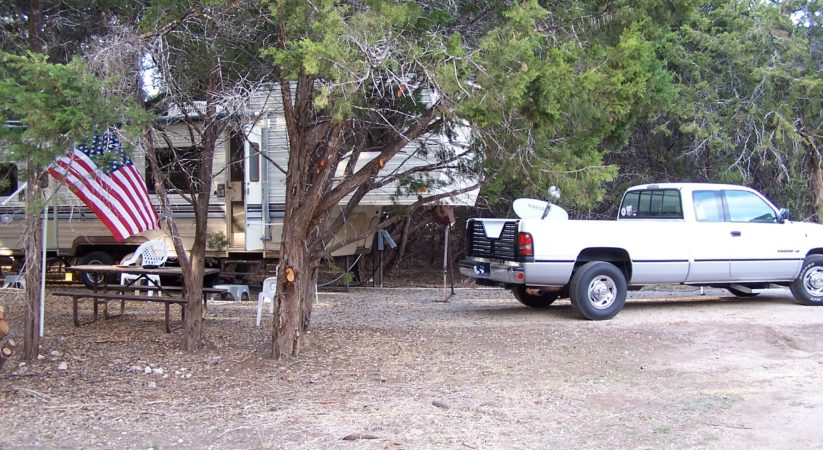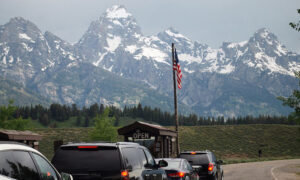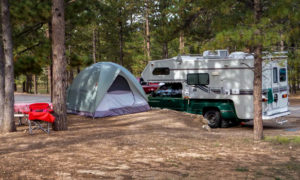
A Good Campsite Starts With a Good Campground
Choosing the right campsite starts with choosing the right campground.
Visiting the campground website will give you most of the information you need to know about: rules, restrictions, check-in and check-out times, and amenities.
Use RV parks and campgrounds review sites to learn what other RVers think about the campground.
Use Google Maps to see what is nearby: railroads, industrial plants, schools, cattle feed lots, truck stops, and major highways that may make your stay unpleasant.
If You Can Choose Your Campsite
Choosing a campsite is not always an option but when you can it is good to have an idea of what to look for in the ‘perfect campsite’. Of course there is no perfect campsite but you may find the tips listed below will help you find the best campsite for your needs.
Even if your campsite is assigned, it is often possible to request a different one, especially if you have legitimate reasons.
Choosing a Campsite Before You Pull In
- Evaluate your neighbors before pulling in. If there’s loud music, a generator running, kids bicycles and toys outside, or barking dogs you may want to choose another campsite.
- Check that the site is level or at the least you will be able to level your rig without too much effort.
- Make sure the campsite is long enough for your RV and tow vehicle or towed vehicle without being too close to the road.
- Pay attention to overhead tree branches and those protruding into the campsite. Also look for ground obstructions like tree stumps and large rocks. Will they interfere with where you want to place the rig in the campsite? Will they make going in and out the door inconvenient? All the above apply to awnings and slideouts too.
- Check the position of the water faucet and the sewer hookup. Will your hoses reach? Can your power cord reach the power pedestal?
- Before you settle into your site check the shore power pedestal to be sure you have power and it is safe to use. If it is okay it’s a good time to plug in your shore power cable.
- Many campgrounds have winding roads. Choose a campsite on the inside of the curve to avoid headlights of passing campers after dark.
- Early in our RV life we had a long-term site under a big, shady black walnut tree. It kept the rig cool all summer but come fall the walnuts started to drop. It took a while to get used to the constant, but random, thunks on the roof. Avoid parking under trees that are dropping nuts, fruits, pinecones, sap or whatever. The thunking on your roof is annoying at best. At worst they could stain it.
- Before choosing a site, look to see if the ground is covered with bird droppings. If so, it is a sign birds likely roost in the tree above. If your RV will be parked under the tree you may want to choose another site.
- In the fall, if you camp is under deciduous trees, be prepared to brush leaves off the roof and awnings.
- The campsite you choose will be influenced by the seasons. In the cold of winter choose a campsite that provides lots of sunshine on the RV to minimize furnace use during the day. In hot summer weather you will want to park in shady site so your air conditioner won’t have to work so hard.
In hot summer temperatures, park your RV so the side with the refrigerator gets the least amount of sunshine. Full shade is best. This helps the refrigerator work more efficiently. - If it is very windy, choose a site where the front or back of the RV faces toward the wind. You’ll experience a lot less rocking if the wind is not blowing against the side of your RV.
- If you have kids then a campsite near the playground or kids pool may be perfect for your family. But if you prefer peace and quiet to noisy kids you may want to choose a campsite in another part of the campground.
- If you have your own criteria you look for when choosing a campsite, or you think we overlooked something, please add to this list by letting us know in the comments.
You may also be interested in these articles:
Criteria for selecting an RV park or campground
Basic RV Park Dos & Don’ts







